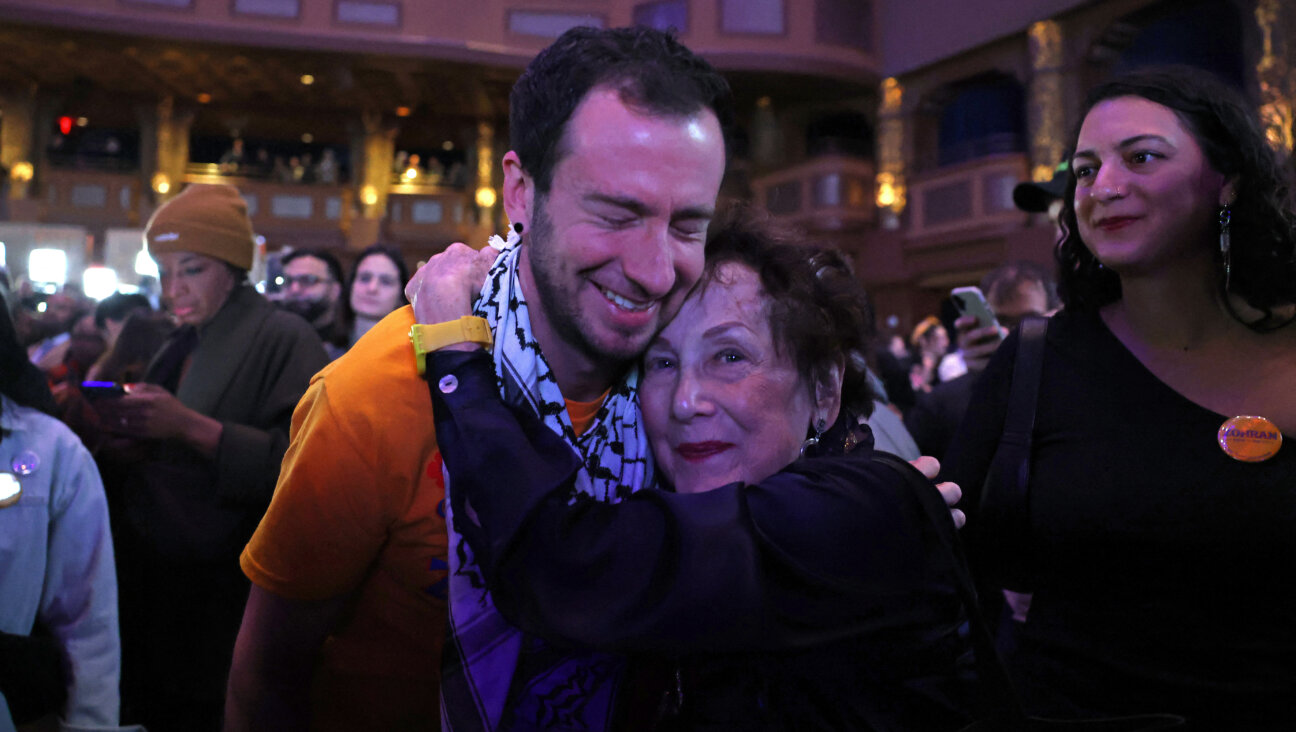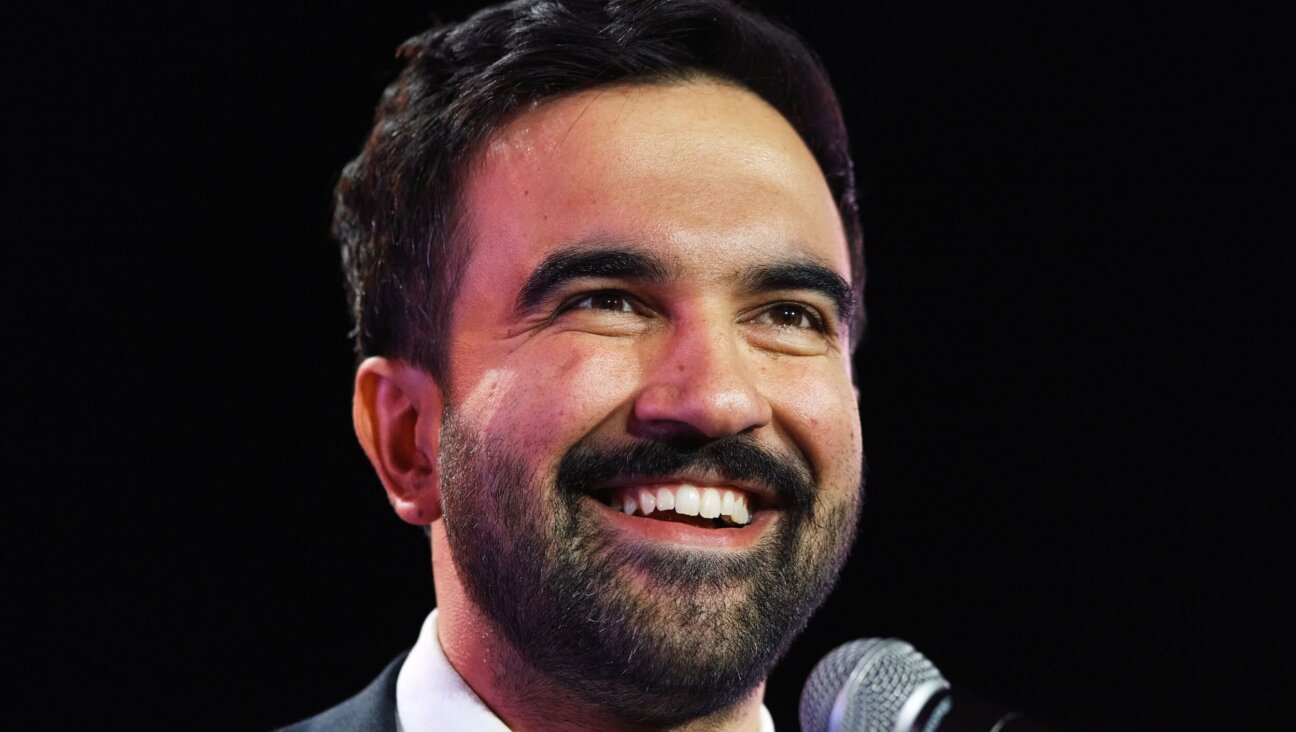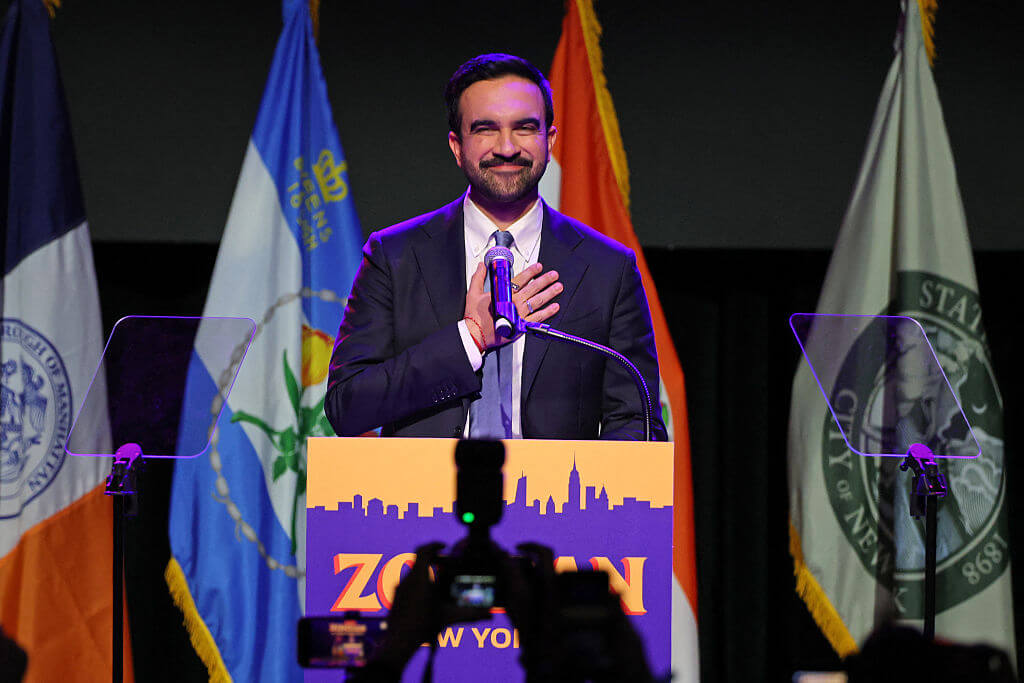CDC Warns That Mumps May Spread
Experts are warning that an outbreak of mumps that has already sickened thousands in the Orthodox community could spread further this Passover.
The outbreak, which first appeared last June, has been largely confined to Hasidic populations in Brooklyn, Orange and Rockland counties in New York, and parts of New Jersey. But the Centers for Disease Control and Prevention has mounted a campaign to warn community members and health-care providers that the virus could reach new geographic areas as families gather for holiday celebrations.
“We’re concerned that with travel, there’s a potential for introduction into other Hasidic communities that aren’t currently experiencing outbreaks,” said Dr. Kathleen Gallagher, an epidemiologist at the CDC.
As of March 12, Gallagher said that 2,687 people had been sickened. According to the CDC, the median age of the patients has been 15, and most of the victims have been male. There have been no deaths attributed to the outbreak, but some patients have experienced severe complications, such as orchitis, or testicular swelling, and pancreatitis, and there have been at least two cases of aseptic meningitis.
The MMR vaccine, which protects against mumps as well as measles and rubella, is given to most Americans in two doses before they begin kindergarten. A high percentage of those infected in the recent outbreak did receive two doses as children.
“We know the mumps vaccine is probably 85 or 90% effective when two doses are given, but it’s not a perfect vaccine,” Gallagher said. “In a situation where the force of infection might be quite high, it’s just possible that you’re seeing these breakthrough infections that the vaccine isn’t able to protect against.”
A CDC report suggested that the large family size and relative isolation of the Hasidic community might be contributing to the outbreak. The report cites Census data demonstrating that the average household size in the communities affected by the outbreak is more than double the national average, which could contribute to the transmission of the disease.
The report also theorized that the higher rates of infection among teenage boys might be a result of the circumstances of the religious schools attended by community members. While girls sit in desks in rows, as they do in many secular schools, boys study in pairs and face each other.
“That actually has the potential to lead to exposure, because mumps is spread the way many diseases are spread — by droplet transmission,” Gallagher said. “They have more contact with those droplets if they’re studying across that way.”
Gallagher pointed to an outbreak in 2006 that focused on students at Midwestern colleges, where crowded dormitories created conditions similar to those contributing to this outbreak.
The recent outbreak in Hasidic communities has been traced to an 11-year-old boy who attended an Orthodox summer camp in Sullivan County, N.Y., after visiting the United Kingdom, where he is believed to have contracted the disease.
In order to mitigate the threat of the disease moving to other Orthodox communities during Passover, local and federal health departments are engaging in campaigns to promote vaccination and awareness.
“It’s important that people [do] not travel if they’re sick, and make sure that they’re fully vaccinated so that they can protect themselves and people they’re visiting,” said Dr. Christopher Zimmerman, medical director of the Bureau of Immunization at the New York City Department of Health and Mental Hygiene. “If you know that you’re fully vaccinated with two doses of MMR, we would say that that’s as protected as we think you can be.”
One Cleveland doctor is concerned that the CDC’s emphasis on the threat to the Hasidic community has given non-Hasidic Orthodox Jews an unjustified sense of complacency. While the affected communities in New York have been exclusively Hasidic, there also have been a number of cases in Lakewood, N.J., home to a number of major non-Hasidic, ultra-Orthodox institutions of higher learning.
“Lakewood has a very large community of younger families where the men are still learning in kollel,” or post-graduate yeshivas, said Mendel Singer, a professor of public health at Case Western Reserve University and the director of the Jewish Community Health Initiative at Case Western. “That’s the group that’s going to go to the parents’ and in-laws for the holidays. And that’s going to be a way also that this can spread.”
Singer, who offered free MMR vaccination clinics in Cleveland in early March, said that large families with multiple married children might host a number of family units over Passover. “It’s that crowding and that extended period of people breathing on each other and the coughing and the sneezing that enables it to spread,” he warned.
The concerns have the potential to put a damper on some Passover celebrations. “I think it’s definitely on people’s minds,” said Agudath Israel of America’s director of education affairs, Deborah Zachai, who has been working with New York City’s health department to distribute information about the disease.
Contact Josh Nathan-Kazis at [email protected]
















